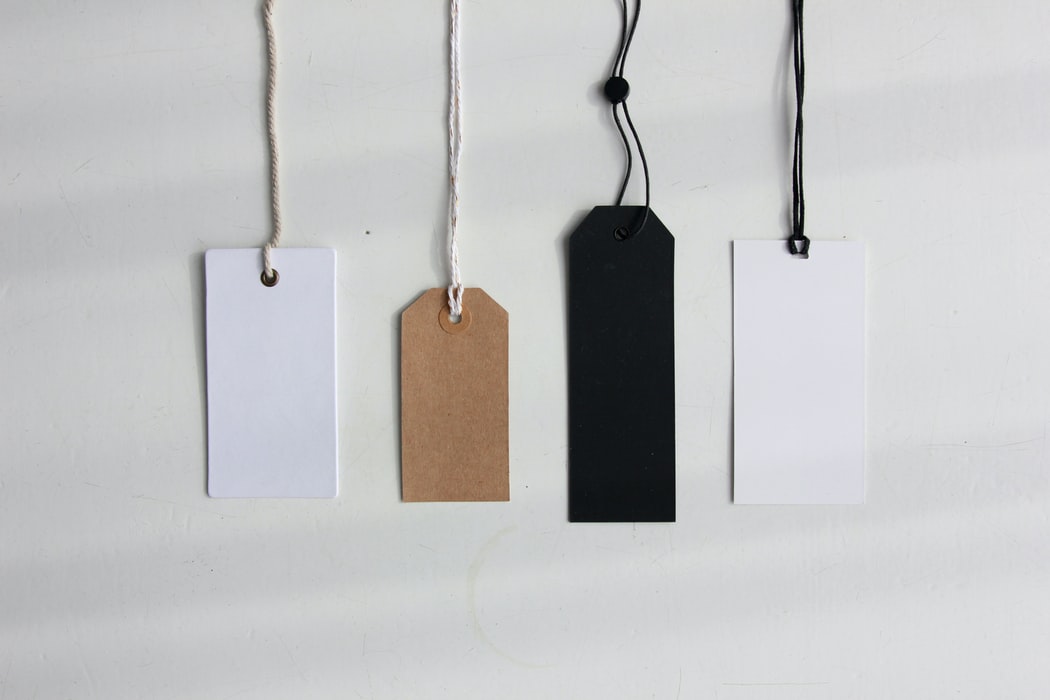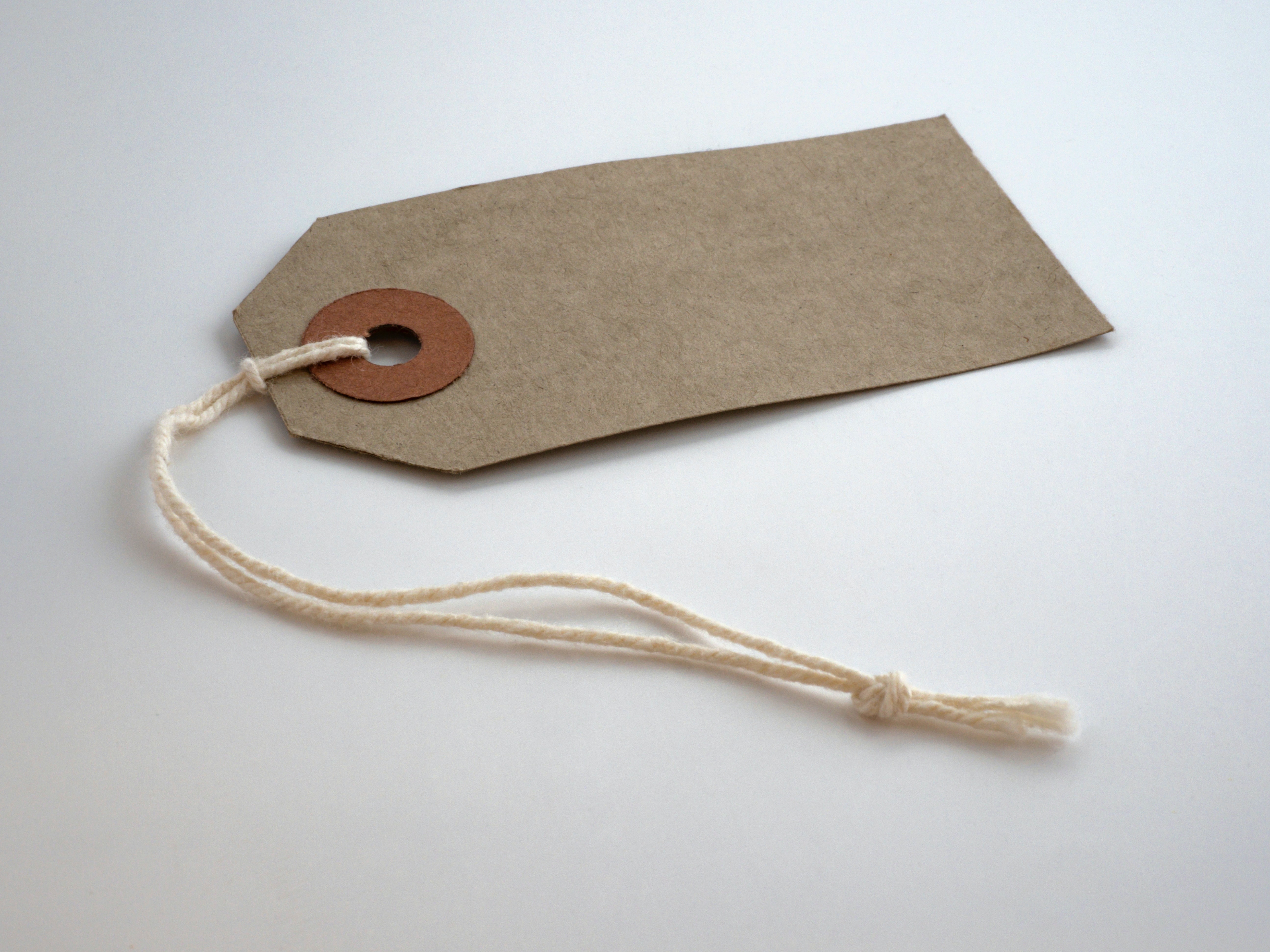3 Pricing Models for B2B Pricing Strategy
There is plenty of literature on pricing models for B2C or business to consumer, but what about creating a pricing model for B2B or business to business? Obviously, the pricing model must look and function best for a business looking to sell their product or services to another business. Pricing is a powerful tool in your marketing mix. Price can attract, as well as repel potential customers, so finding a price that works best for your business could mean the difference between struggling or prosperity.
When developing a pricing model for your B2B, keep in mind that you are still selling to a person. A person representing a business, like B2C customers, is looking to extract the most value out of your product. So, whichever pricing model you decide to work with it is still best practice to implement marketing strategies such as buyer personas. I will go over the different pricing strategies you can implement in your B2B and how they should work with your marketing mix.
Pricing Model 1: Flat Rate Pricing
This pricing model works exactly as it sounds. You sell one version of your product at one flat price or flat rate. While it doesn’t sound very sophisticated, it works very well for some businesses. Newly starting out businesses implement this practice in order to just focus on the one product and marketing for it. With this strategy, you can use a smaller marketing budget because you will only be marketing one price. However, with flat rate pricing it is still a good idea to market to at least 2 buyer personas.
Flat rate pricing will have a fairly straightforward marketing strategy in regards to price, but it does not mean that the price will only appeal to one type of business. Multiple businesses could benefit and extract value from your flat rate price, so segment your marketing in order to appeal to the widest range possible. Perhaps your flat rate could benefit those who need to purchase the product or service in bulk. While the obvious consumer is a business that has an already large customer base, there actually a wide array of customers who could benefit from a bulk purchase. For instance, a smaller business could use your product to create a large amount of their own product and thus use it to create their own profitable “bulk sale.” The best way to determine the multiple buyer personas that would benefit from your product is to put yourself in their shoes.
Pricing Model 2: Tiered Pricing
In an earlier blog I talked about how tiered pricing could be an optimal pricing strategy. But this is not just true for B2C businesses, B2B businesses will find that tiered pricing will give them more customers and more satisfied customers. You will also increase the chances of a regular customer upgrading their purchase tier, and thus increasing your profits. Loyalty runs high with tiered pricing because of the multiple levels of options customers can choose from, if and when their business situation changes.
Like with flat tiered pricing, you should ideally use multiple buyer personas. In fact, you should utilize many more buyer personas with this pricing model. Each price should have at least one buyer persona attached to it. The bottom tier should actually have the most buyer personas attached because this will, most likely, be the tier with the most customers. A tiered pricing model should have at least three tiers. As an example: your lowest tier will have 3-4 buyer personas associated with it, a middle tier will have 2-3 buyer personas associated with it, and your highest tier will have 1-2 buyer personas associated with it. The reason the highest tier will have the fewest buyer personas is because your highest tier, or most expensive tier, will have the least amount of customers. Most likely, the customers of this tier will be some of your most long term customers who have been convinced that they would get the most value out of your most expansive services.
Pricing Model 3: Pay as You Go
The pay as you go model is the best for companies that offer a product or service that is commonly used by many different types of companies, such as a bulk emailing service. This works great because customers will not feel tied down to your business, feel that the pricing is straightforward and easily comparable to other companies. It’s somewhat similar to the flat rate pricing model, but this model allows the user to use as much or as little of your service as they need. Customers will not have to feel like they are sacrificing their budget for more service than they need or like they are not getting the service they need for their budget.
This pricing model is most often used by companies offering a service that is widely used by many businesses. Because of this, there is a wide range of buyer personas that you could potentially market to. However, you will want to pick a few that are the most likely to adopt your service using this pricing model. Those who would be interested in a business offering this type of pricing model are businesses who want to try out your service to see if it is for them or those who will be using your services on a less than regular basis.
Pricing models help to frame your pricing in a way that is not only intriguing, but also beneficial to your customers. Having the right pricing model could make a huge difference in the size and value of your customer base. Keep in mind that experimentation will be necessary for finding the optimal pricing model. Listen to your customer base, find out what they want and what they think will give them the most value to their business.
Share this
You May Also Like
These Related Stories

5 Ways to Optimize Your B2B Pricing model

Establishing Pricing Tier Based Buyer Personas


